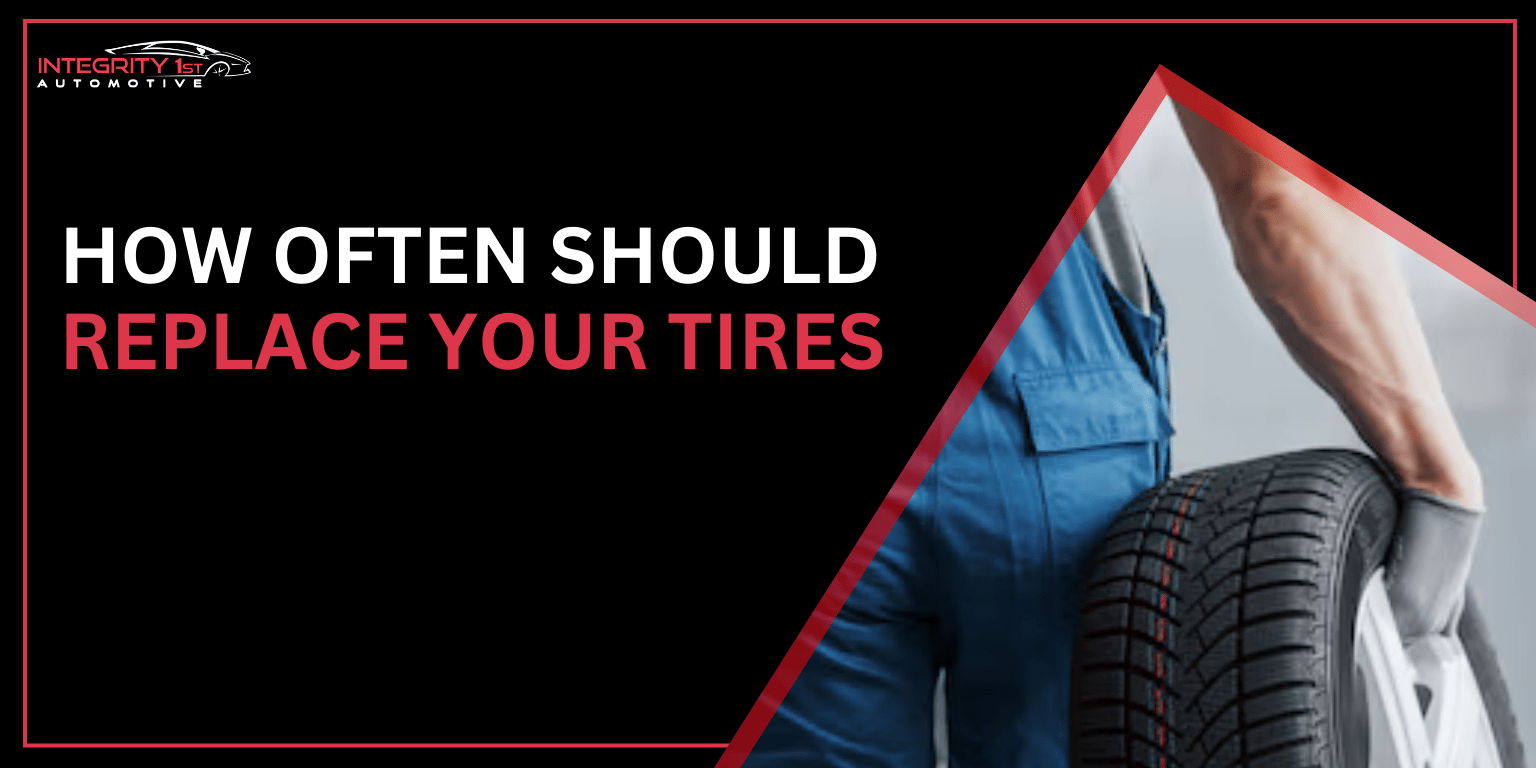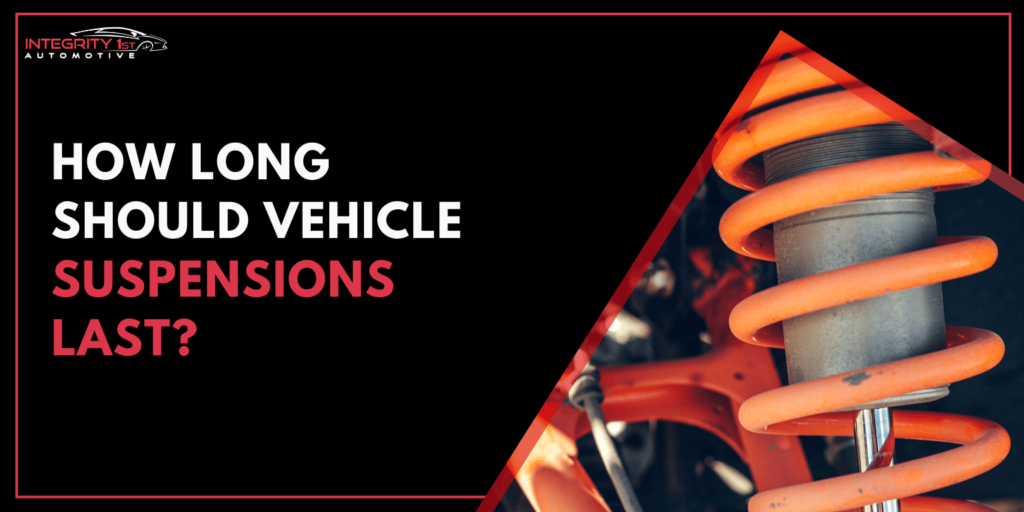Are your tires looking worn down, showing cracks, or getting frequent punctures? If so, it might be time to replace your tires.
Sometimes, repairing your tires is insufficient because the damage is too extensive, and a spare tire has limitations. So, it becomes a necessity to replace them for your safety.
Below, we will reveal when to change tires to ensure you keep yourself and everyone else on the road safe. We will also discuss the frequency at which you need to ensure they remain in operating condition.
Let us get started!
Interpreting Common Tread Wear Clues
Sometimes, your vehicle’s tires may exhibit wear patterns that hint at underlying conditions—either in your driving style or the car’s overall health. Below are typical wear patterns and what they might suggest:
1. Center Wear
– What it looks like: The center of the tread wears down faster than the edges.
– Cause: Tires may be overinflated.
– Interpretation: You could be overlooking your tire pressure, causing reduced contact with the road and quicker wear in the middle.


2. Edge Wear
– What it looks like: The outer edges wear down more quickly than the center.
– Cause: Underinflation or consistent cornering at higher speeds.
– Interpretation: The tire pressure might be too low, forcing the edges to handle more load, or you might be taking turns aggressively.
3. One-Sided Wear (Camber Issues)
– What it looks like: One shoulder—inner or outer—shows noticeably deeper wear.
– Cause: Improper alignment or suspension problems.
– Interpretation: It’s possible your vehicle is out of alignment, causing uneven distribution of weight across the tire’s surface.


4. Feathering
– What it looks like: Ridges across the tread blocks feel smooth on one side and sharp on the other.
– Cause: Misaligned toe setting or aggressive cornering.
– Interpretation: The tire is being dragged slightly sideways, suggesting a need for an alignment check or changes in driving habits.
5. Cupping (Scalloping)
– What it looks like: Random bald spots or dips around the tread.
– Cause: Worn-out shocks, struts, or other suspension components.
– Interpretation: Your suspension system might not be stabilizing the tires effectively, causing uneven bouncing and scalloped wear.


6. Flat Spotting
– What it looks like: A section of the tread appears flattened.
– Cause: Parking in the same position for prolonged periods, often in cold or humid conditions.
– Interpretation: Your tire may have settled under the vehicle’s weight, especially if underinflated or seldom moved.
Paying close attention to these wear patterns can help you address minor issues before they compromise both safety and driving comfort.
How to Know When to Change the Tires

Once tires are beyond repair, you will need to replace them because they can cause blowouts and slipping. These results can make driving unsafe, especially when you drive in poor conditions or need to make a sudden stop.
The following techniques will help you figure out when an immediate tire replacement is a must:
1. Check the Mileage
One of the easiest ways to find out whether your tires need replacing is to check how many miles you have used them for. Actually, tire manufacturers design them to withstand a certain amount of mileage in specific conditions. So, you should replace them when the distance exceeds this number.
To know exactly how much mileage your tires can withstand, check with the brand and DOT number on the tire. Usually, the number will be around 60,000 miles.
2. Examine the Tread Depth
Another indication of when to change tires is tread depth. According to reports, you should check your tread depth at least once a month. A professional would do this test with a gauge, but if you do not have one, you can actually use a penny.
All you will need to do is fit the penny in the tread with Lincoln’s head pointing down. If you can see the top of his head, then the tread is under 2/32”, and it is not deep enough.
With a gauge, you will need to make sure that it is at least 4/32” in summer and 6/32” in winter. By comparison, new tires are 9/32” – 11/32”.
Note: If you notice the tread depth is too low, it indicates the tire has been under stress and may no longer provide reliable traction or handling.
3. Look for Cracks, Cuts, and Punctures
If there are large cracks, cuts, or punctures in your tires, it is a clear sign of when to change tires. This level of damage can lead to a blowout that could cause an accident.
Moreover, when the damage is especially large, it will be difficult or even impossible to repair, so replacement is the best option.
4. Check for Bulging
Bulging on the side is also another significant sign of when to change car tires. Bulging and even just bubbles forming on your tires can be an indication that your tires will eventually blow out. Before that happens, you should address this issue by replacing the tires.
5. Listen for Odd Sounds
In some cases, odd sounds can point to serious damage to the tires. If you hear a popping or flapping sound, your tires might have a puncture or have blown out. High-pitched sounds can also cause an issue with your tires.
In either case, getting a professional to replace your tires would be safest.
How Often Should You Change Tires?
Generally, you can use the age of a tire to determine when to change tire. Studies have shown that changing tires every 6 years can help prevent accidents. This is because, with time, there is more cracking, flexibility, and air leaks. This remains true even if you do not drive often because the tires are still affected by their environment and the weight they must support.
If you do not know when you last changed your tires, you can check the DOT number on the tire. The last 4 digits of this number indicate the tire’s manufacturing week and year. For instance, if your tires’ DOT numbers end in 0922, you know its manufacturing dates back to the 9th week of 2022. Since the manufacturer made these tires in February 2022, you should replace them by February 2028.
Where Can I Change My Tires in Texas?
Integrity 1st Automotive is your best option for changing your tires in the Texas area. Our team has the expertise to narrow down the issue with your tires. We will ensure you understand the best course of action for you to drive safely.
Along with our quality tire sourcing, we will guarantee a 3-year long or 36,000-mile warranty. So, you can have peace of mind until it is time to change your tires.
Furthermore, we also provide the following critical services:
- Tire alignment
- Steering and suspension repairs
- Drivetrain replacement
- State compliant inspections
- Break Pad and Rotor replacements
Last Thoughts
As we have stated, deciding on when to change tires depends on their condition. It is time to replace them if they bulge, make odd sounds, show wear and tear, or have large cracks, cuts, or punctures. This level of damage is often irreparable, and a replacement will better ensure your safety while driving. Alternatively, you can try the 6-year rule of thumb before you schedule your next tire replacement.
If you have noticed any of the issues we have discussed, do not hesitate to get your tires replaced by Integrity 1st Automotive – your Automotive Service Excellence-certified auto repair partner. Our team will conduct a thorough examination of your tires and provide you with quality replacements.
Frequently Asked Questions
1. How long do tires last on average?
On average, tires will last 3 – 6 years. If you drive more carefully and do regular maintenance on your tires, they will last closer to 6 years or more. Conversely, overloading and ignoring punctures and cuts on your tires can make them wear out faster.
2. How many miles before changing tires?
You should change tires before you reach 6,000 miles if you drive often and do little to no maintenance. If you do maintenance on your tires, never overload, and drive carefully, you might be able to reach 50,000 miles before you need to replace them. Also, you can repair some damage and prolong the life of your tires.
3. How often should I rotate my tires?
You should rotate your tires every 5,000 – 8,000 miles. Still, you should rotate them if you start to notice uneven tread. This will reduce noise, improve traction, reduce the likelihood of a blowout, and increase efficiency and performance.




